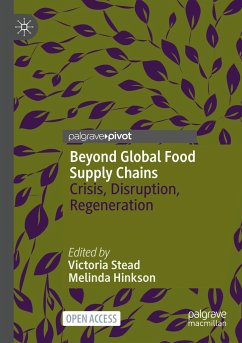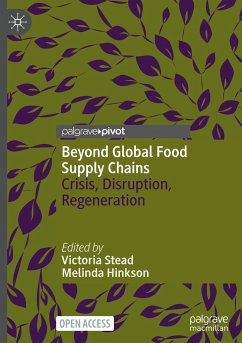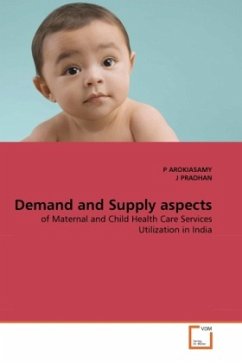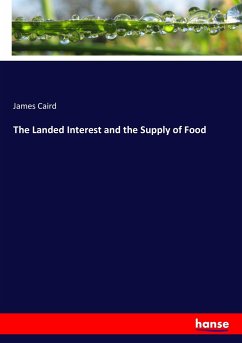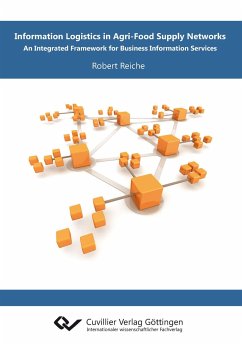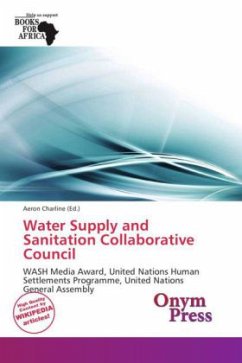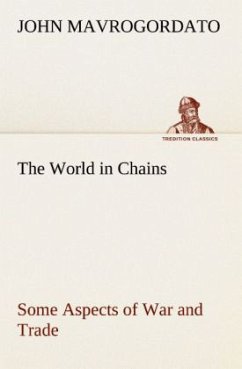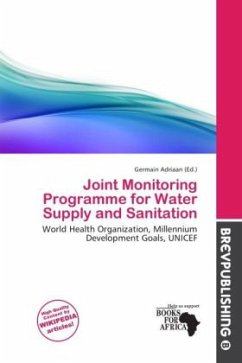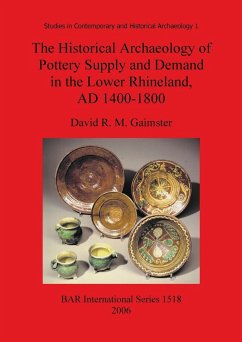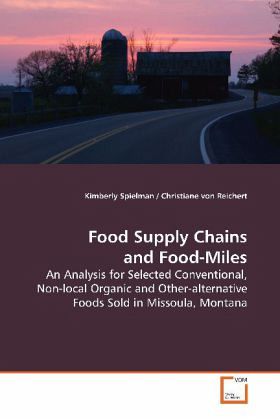
Food Supply Chains and Food-Miles
An Analysis for Selected Conventional, Non-local Organic and Other-alternative Foods Sold in Missoula, Montana
Versandkostenfrei!
Versandfertig in 6-10 Tagen
32,99 €
inkl. MwSt.

PAYBACK Punkte
16 °P sammeln!
The spatial patterns of the conventional food supply chain have played a significant role in increasing the amount of miles food travels and the subsequent energy use required to transport food from the farm to the table. For many places a second food supply chain has emerged as an alternative to the conventional chain; however both chains are reliant on fossil fuels. Certified organic foods began as an alternative to conventional foods; however, have been criticized for adopting similar business practices as the conventional system and thus travel the same lengths, if not further, than conven...
The spatial patterns of the conventional food supply
chain have played a significant role in increasing
the amount of miles food travels and the subsequent
energy use required to transport food from the farm
to the table. For many places a second food supply
chain has emerged as an alternative to the
conventional chain; however both chains are reliant
on fossil fuels. Certified organic foods began as an
alternative to conventional foods; however, have
been criticized for adopting similar business
practices as the conventional system and thus travel
the same lengths, if not further, than conventional
foods. This study compares the food-miles and
subsequent energy use of the two food supply chains
that provide apples, bread, ground beef and milk to
retail grocery stores in Missoula, Montana. The
products are further classified for comparison into
three different categories: conventional, non-local
organic and other-alternative. Using food-miles as a
tool, this study opens a dialog about energy use in
both food supply chains and moves beyond a
theoretical analysis into more concrete communicable
information for people inside and outside of
academics.
chain have played a significant role in increasing
the amount of miles food travels and the subsequent
energy use required to transport food from the farm
to the table. For many places a second food supply
chain has emerged as an alternative to the
conventional chain; however both chains are reliant
on fossil fuels. Certified organic foods began as an
alternative to conventional foods; however, have
been criticized for adopting similar business
practices as the conventional system and thus travel
the same lengths, if not further, than conventional
foods. This study compares the food-miles and
subsequent energy use of the two food supply chains
that provide apples, bread, ground beef and milk to
retail grocery stores in Missoula, Montana. The
products are further classified for comparison into
three different categories: conventional, non-local
organic and other-alternative. Using food-miles as a
tool, this study opens a dialog about energy use in
both food supply chains and moves beyond a
theoretical analysis into more concrete communicable
information for people inside and outside of
academics.



